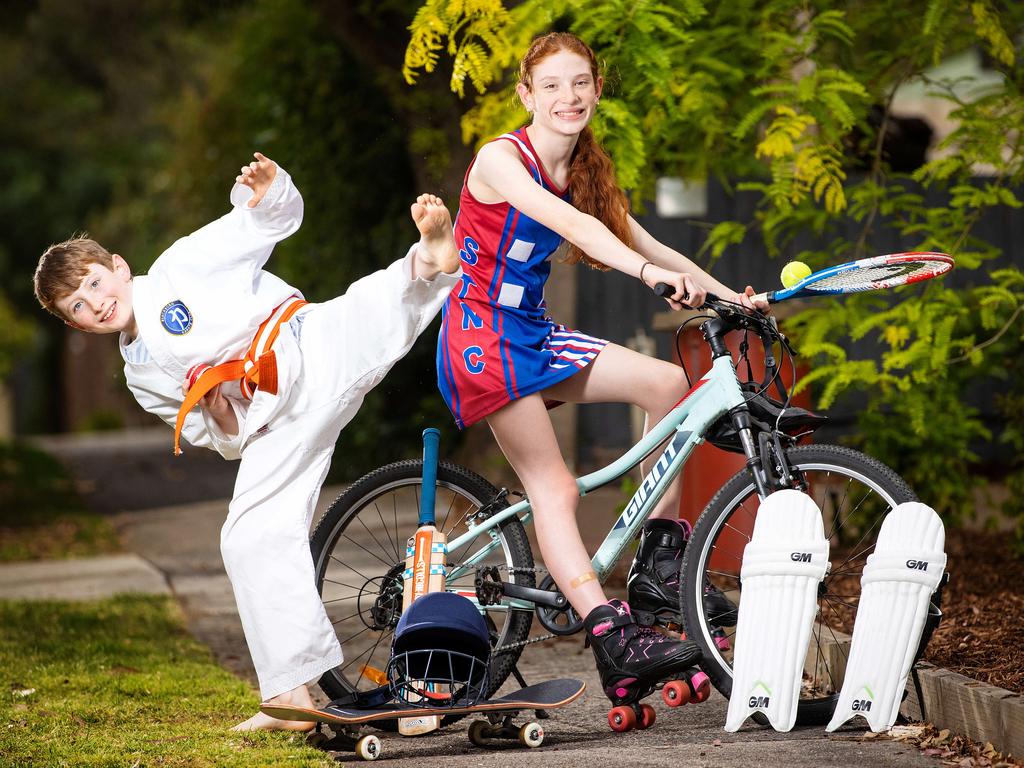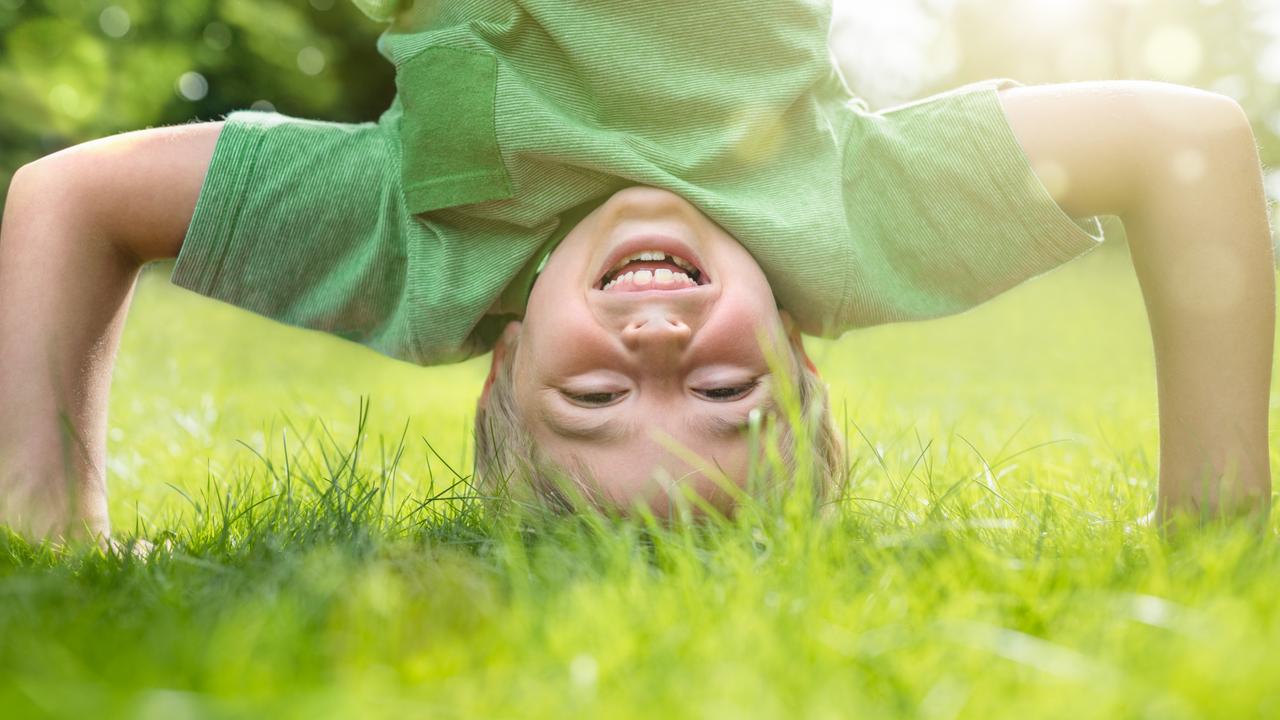Wellbeing benefits of after-school activities don’t happen on screens
Children who play sport, learn an instrument or even just muck around with friends after school are more likely to feel happier and healthier than kids who are parked in front of a screen

READING LEVEL: GREEN
Whether it’s sports practice, music lessons or a casual catch up with friends, when children are involved in after-school activities, they’re more likely to feel happier and healthier than those who are glued to a screen.
In a new study by the University of South Australia (UniSA) and the SA Education Department, researchers found that children’s wellbeing improved when they participated in extra-curricular* activities, yet lowered when they spent time on social media or playing video games.

Published in digital journal BMC Pediatrics, the study analysed data from 61,759 school students in Years 4 to 9, assessing the average number of days per week children participated in after-school activities from 3pm to 6pm. It measured these against wellbeing factors of happiness, sadness, worry, engagement*, perseverance*, optimism*, emotion regulation and life satisfaction.

UniSA lead researcher Dr Rosa Virgara said the research highlighted a big need to encourage children to participate in activities other than screens.
“Our study highlights how some out-of-school activities can boost children’s wellbeing, while others – particularly screens – can chip away at their mental and physical health,” she said.
“Screens are a massive distraction for children of all ages. Whether children are gaming, watching TV or on social media, there’s something about all screens that’s damaging to their wellbeing.”

Dr Virgara said it was more than the lack of physical activity while on screens that was damaging children’s wellbeing, because sitting still to do homework or read was shown to have a positive impact.
She said the research showed even children who already reported feeling happy benefited from participating in after-school activities.
“What this shows is that we need to find ways to encourage children of all ages and backgrounds to get involved in activities that keep them away from TV, computers and mobile devices,” she said.
GLOSSARY
- extra-curricular: after-school activities, programs and activities outside the regular curriculum
- engagement: interest, curiosity, appetite or desire to be involved
- perseverance: determination, persistence, refusal to give up
- optimism: hope, confidence about the future or success of something, cheerfulness
EXTRA READING
How to swap screen time for green time
Two hours of screen time hurts health
Aussie kids get D- for physical activity
QUICK QUIZ
- How many students were assessed in the study?
- What year groups were involved?
- What wellbeing factors were measured?
- Sitting still to do what was found to have a positive impact?
- What did the study find TV, social media and gaming had in common?
LISTEN TO THIS STORY
CLASSROOM ACTIVITIES
1. Try it!
What’s your favourite out-of-school activity? Write a list of reasons that will convince another kid to give it a try.
Time: allow 15 minutes to complete this activity
Curriculum Links: English; Health and Physical Education
2. Extension
Design or create a craft or physical game. The only rule is that it cannot be a screen-based activity. Your audience is kids who only like screen based activities.
Time: allow 30 minutes to complete this activity
Curriculum Links: English; Health and Physical Education
VCOP ACTIVITY
VCOP dodgeball
The normal rules of dodgeball apply. Two teams throw soft balls at each other and if you get hit, you have to sit out. The team who knocks out all the players on the other team, wins.
VCOP challenge: when you get eliminated, collect a mini-whiteboard and a basic clause from the sidelines. Up-level the sentence (make it better) by adding VCOP. When you show the teacher your completed sentence, you can return to the game.
Play for a set amount of time and the team with the most players left on the court wins.
What can you come up with?

